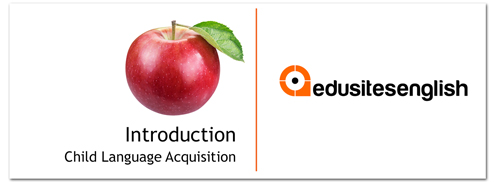Introduction
Child Language Acquisition is one of most enjoyable and apparently accessible topics for students of English Language A level. However, because of the enthusiasm and the apparent accessibility it becomes all too easy for study of this topic to remain fairly superficial, with identification of features not brought into a coherent, logical analysis related to the bigger picture, a characteristic which is the key to the higher grades.
Although different in their exact application, the various syllabuses have the same threads running through them:
- Theories of CLA
- Initial language acquisition (phonology, lexis, grammar, semantics)
- Sociolinguistic aspects of CLA
- Development of reading and writing
- Language generated for children
This guide is structured around these five threads. The common theme which arises from all of the awarding bodies is that in addition to the specific Child Language Acquisition knowledge required to tackle the transcripts and texts, the more general discourse, structural and grammatical analysis is still required. In the past, when all syllabuses dealt with the topic as one of the final ones, students had the requisite general linguistic competence to do this. Now however, perhaps hoping to take advantage of students’ enthusiasm, boards have moved Child Language Acquisition to the AS level in some qualifications, which means being quick off the blocks in relation to these underlying aspects.
…